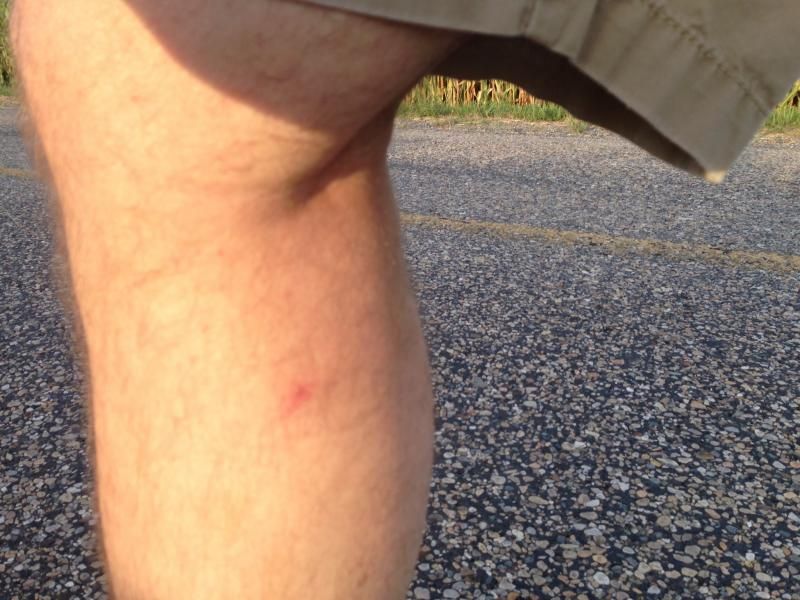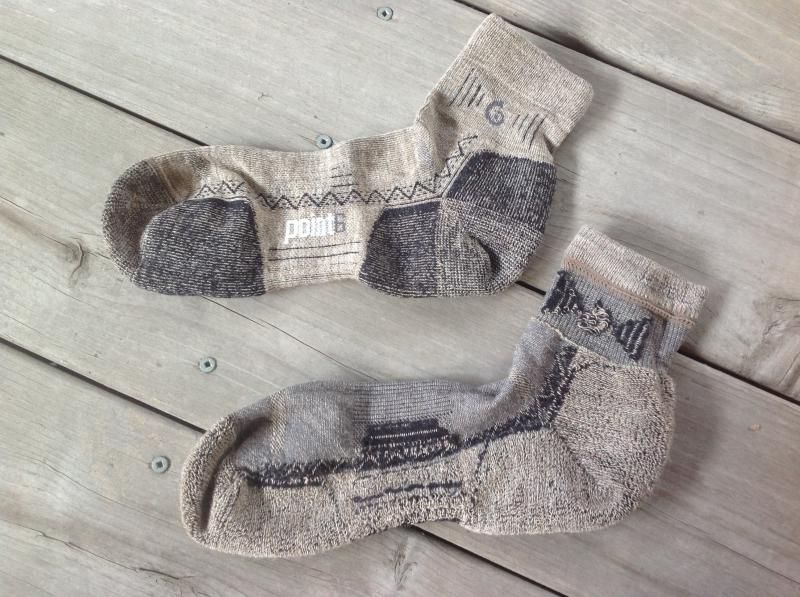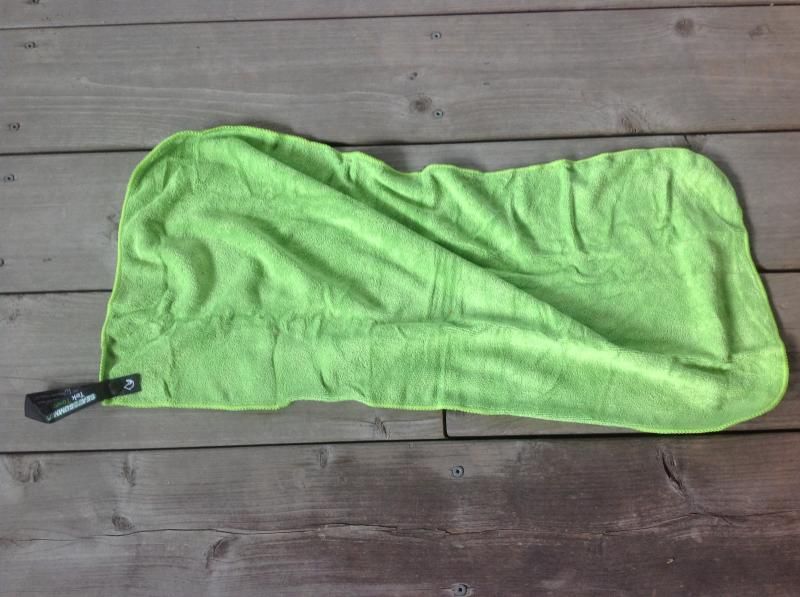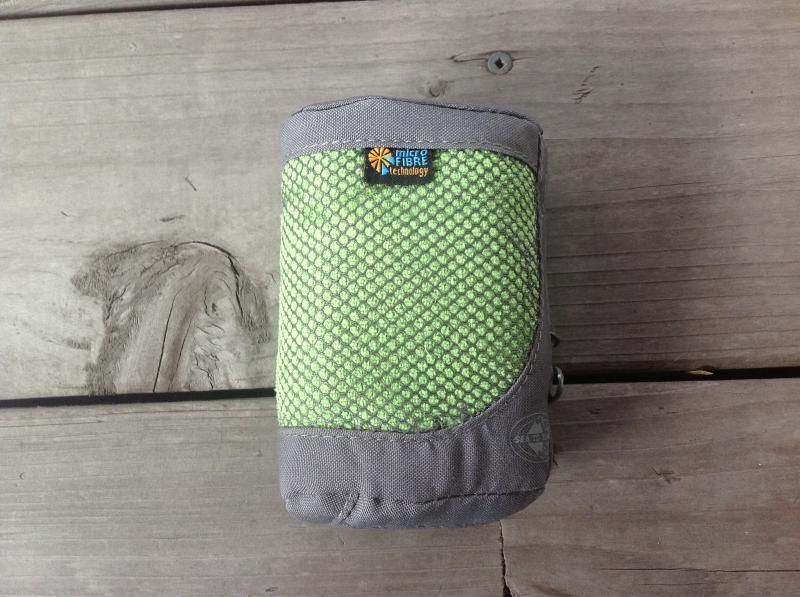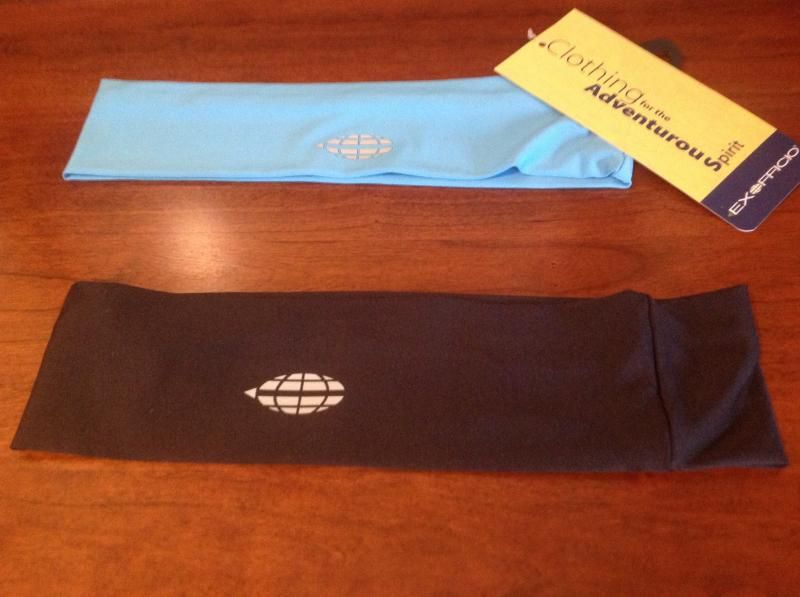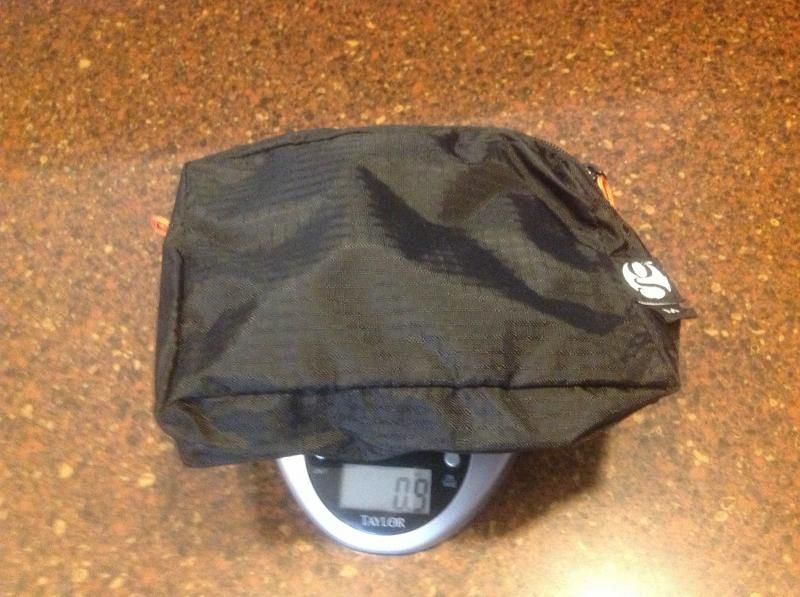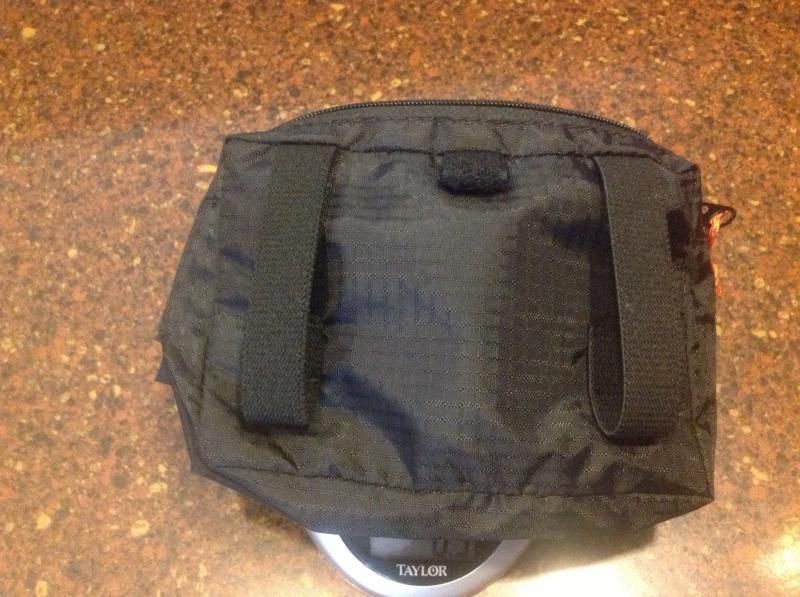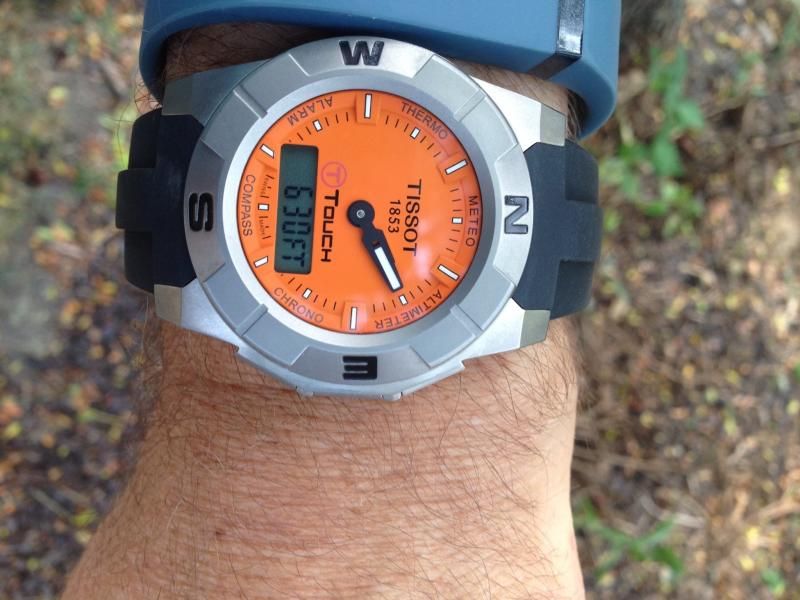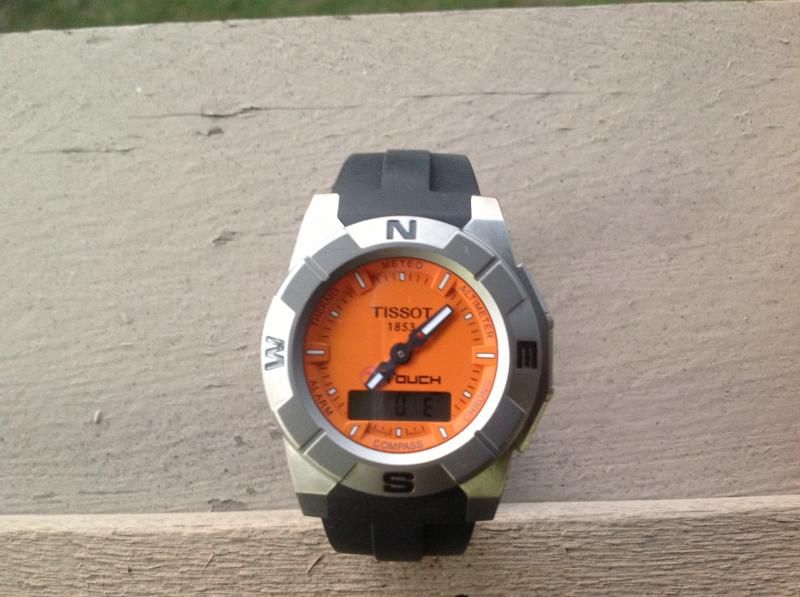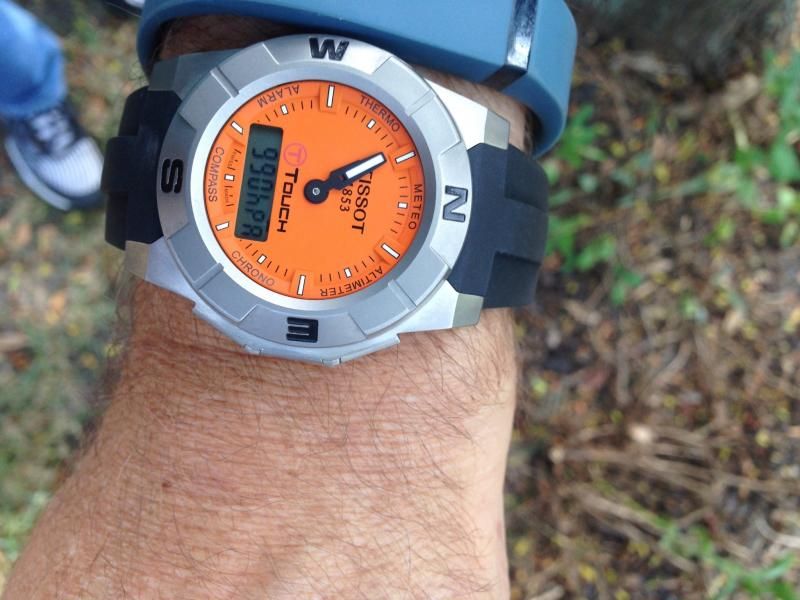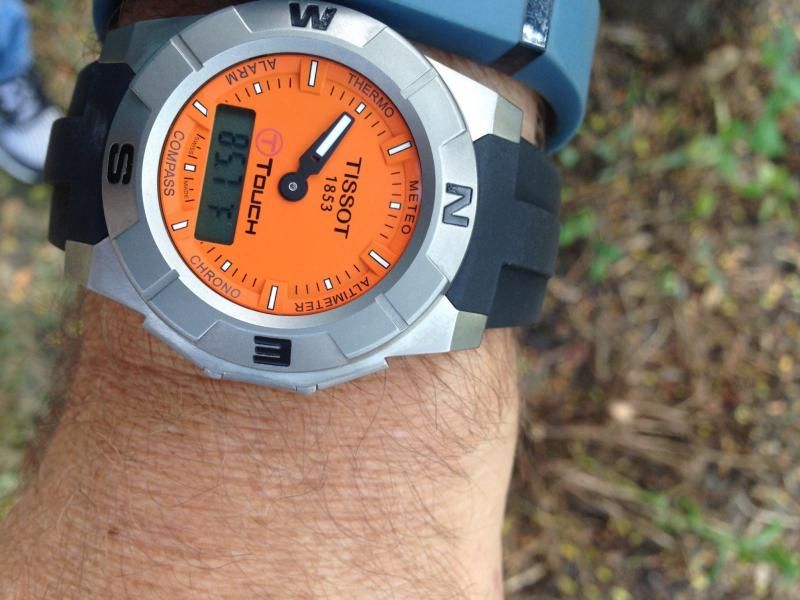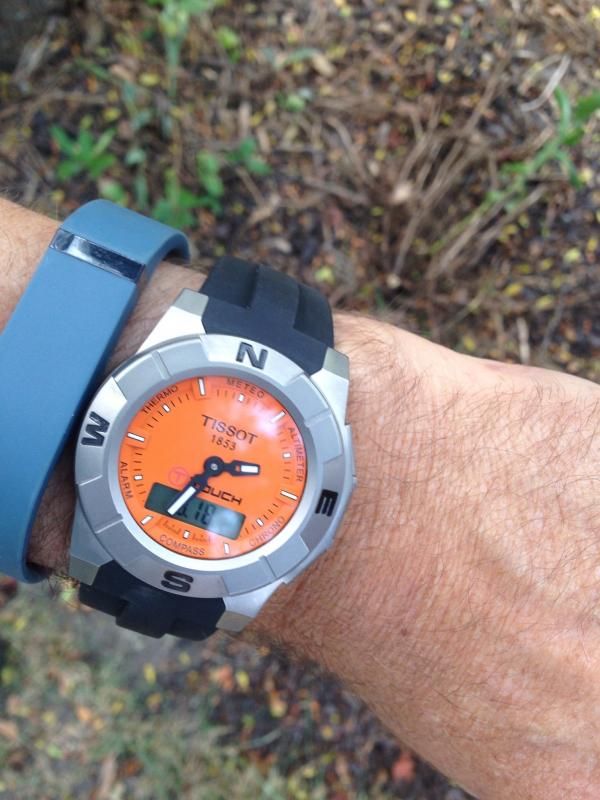Dargo
Like a bad penny...
GEAR UPDATE: Leki Hiking Poles
Been using these things for a couple weeks and really loving them! Oh, for sure they have a huge drawback, they make you look like a total DORK when you are walking on the side of the road. Not much funnier than seeing some guy in a Boonie hat, shorts and hiking boots planting 'ski poles' into the asphalt while he walks.
I'm sure you are likely like me; I really could not care less what someone else thinks of my 'fashion' sense. I go for functionality and comfort. My issue is that I seriously doubt that basically a one armed man could benefit much from them.
The last time I used any ski poles I bought them. No, not because I liked them, but because I bent them.
 My good Wabash buddy who is my 'contract' attorney and his brother took me for my first snow skiing trip to Boyne Michigan. I figured it would be easy since I generally placed reasonably well in local water skiing tournaments. Boy, is there ever a difference!! I'm really glad this occurred about 25 years ago because I took some falls that looked like that poor schlub they always showed crashing at the beginning of "The Wide World of Sports" when they mentioned the 'agony of defeat'.
My good Wabash buddy who is my 'contract' attorney and his brother took me for my first snow skiing trip to Boyne Michigan. I figured it would be easy since I generally placed reasonably well in local water skiing tournaments. Boy, is there ever a difference!! I'm really glad this occurred about 25 years ago because I took some falls that looked like that poor schlub they always showed crashing at the beginning of "The Wide World of Sports" when they mentioned the 'agony of defeat'.Sorry to be off your subject a bit, but it really is a story that tells you how concerned my attorney (who was the best man at my wedding) was for my safety. I should have known something was wrong when I was renting skis (I obviously did not have my own like them) and they told me (since I taught both of them how to water ski) that snow skis are just the same; start off with the longest you can get because they are the easiest to use. When I told the guy at the counter asked "What size?" I replied "Definitely the longest you have" and he said something like "Cool dude, rock on!".
 For those who were like me and knew absolutely NOTHING about snow skiing, the longest snow skis are by far the fastest ones (as I learned).
For those who were like me and knew absolutely NOTHING about snow skiing, the longest snow skis are by far the fastest ones (as I learned).I am blessed to generally pick up any athletic sport rather quickly but I just had a terrible time trying to stay up on those skis. When water skiing, you lean back and let the boat pull you. Obviously, when snow skiing you have a somewhat forward lean. So, I swallowed my pride and went to the "bunny" hill to practice. I promptly fell and forgot to let go of the rope pulling us up the little hill and caused the operator to stop the pulling rope since I tripped up 4 or 5 others behind me.
 In about an hour I made my first run down the bunny hill (why do they call it that anyway?) without falling so my friends immediately declared me 'ready' to go skiing. Unbeknownst to me, I was yet to have to try to stop.
In about an hour I made my first run down the bunny hill (why do they call it that anyway?) without falling so my friends immediately declared me 'ready' to go skiing. Unbeknownst to me, I was yet to have to try to stop.First problem, the 6 person ski lift. Yup, I fell trying to get to my place and they had to stop the lift which seemed to piss everyone off. I finally got on but nobody else on the 6 person lift would pull the safety bar down. Damn if it didn't look like a looong drop if you leaned forward!
Finally I was at the top of the mountain and ready to make my very first run. My buddies (and I use that term very loosely) told me that they were heading to the 'expert' hills and I needed to take it easy and go down the double black diamond hills until I got the hang of it. (No, I really had no clue until I started over the top and realized that I could NOT stop by jamming my poles into the ground). Let's just say that I know what that schlub on the "Agony of Defeat" felt like. Hell, it took me almost a half an hour to climb back and get both of my skis that, fortunately, had little brakes on them when they came off. The next run I made it up the lift no problem and promptly went to a single black diamond hill (I hadn't yet seen the green dot signs) and seemed like I was trying to set a land speed record since I did NOT know how to go back and forth to scrub off speed.
I caught air so much that I'm told that I was the first person EVER to knock down a snow making machine and it's pole. They were amazed that I was unhurt but I destroyed one ski and both poles along with the snow maker. Oh yeah, I was dressed in grease stained coveralls from my barn and not the slick looking cool stuff everyone else had on. Surprisingly enough, they didn't charge me for the broken skis, only the poles, and instructed me that I'd had a prank played on me and was given the shortest set of skis they had! Yeah, great friends.
 I was also shown the green dot hills, which I quickly conquered and moved to the blue dot hills. However, my many spills had me quite sore and rather worn out. Still, by the time my 'friends' quit laughing and went to get their camcorder from the car to record me, I actually looked like I knew what I was doing. Unfortunately, when I got home one knee was really hurting and I had my first knee surgery to repair a torn MCL.
I was also shown the green dot hills, which I quickly conquered and moved to the blue dot hills. However, my many spills had me quite sore and rather worn out. Still, by the time my 'friends' quit laughing and went to get their camcorder from the car to record me, I actually looked like I knew what I was doing. Unfortunately, when I got home one knee was really hurting and I had my first knee surgery to repair a torn MCL.I've not gone snow skiing since and have not held any ski poles since either. Oh yeah, about an hour after my first tumble down that double black diamond hill we saw some guy scooting down a hill on his butt and on only one ski. Yup, it was the guy I'd accidentally removed the ski from that first trip up. I guess he didn't go after me because I absolutely slobber-knocked a ski boarder guy who was going to clobber me from behind as I was zig-zagging down the mountain. They took him away on one of those snowmobiles with a red cross on it. Yeah, when I saw we were going to collide, I did lay into him pretty hard in self defense.
Soo, ski poles; probably not for me.


